By Christopher Miskimon
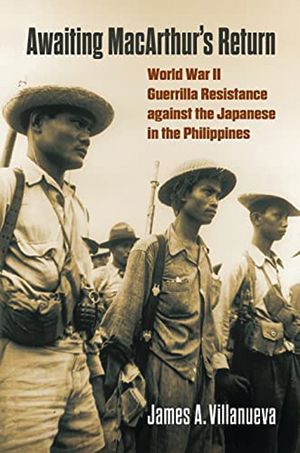 The first significant guerrilla action against the invading Japanese troops took place in January 1942, while fighting against the combined Filipino and American army was still ongoing. A headstrong American miner named William Cushing had raised a 200-strong guerrilla force as soon as the Japanese landed, even getting some basic military training for his group from a U.S. officer. At Candon on the island of Luzon, Cushing’s force ambushed two separate Japanese convoys. For the loss of one wounded guerrilla, they managed to kill sixteen Japanese and capture or destroy fourteen trucks. A regional governor named Roque Ablan, assisted by Philippine Army Lt. Feliciano Madamba, organized another well-armed force nearby. On January 28, 1942, they ambushed a Japanese column, killing fifty Japanese soldiers. This was only the beginning of armed resistance to the Japanese invaders in the myriad islands of the Philippines.
The first significant guerrilla action against the invading Japanese troops took place in January 1942, while fighting against the combined Filipino and American army was still ongoing. A headstrong American miner named William Cushing had raised a 200-strong guerrilla force as soon as the Japanese landed, even getting some basic military training for his group from a U.S. officer. At Candon on the island of Luzon, Cushing’s force ambushed two separate Japanese convoys. For the loss of one wounded guerrilla, they managed to kill sixteen Japanese and capture or destroy fourteen trucks. A regional governor named Roque Ablan, assisted by Philippine Army Lt. Feliciano Madamba, organized another well-armed force nearby. On January 28, 1942, they ambushed a Japanese column, killing fifty Japanese soldiers. This was only the beginning of armed resistance to the Japanese invaders in the myriad islands of the Philippines.
Organized guerrilla groups gave strong resistance to the Japanese occupation forces and materially helped the conventional war effort. The author of this new book deftly reveals how Japanese brutality, turned the populace against them and aided the guerrillas, who fought extended, complex campaigns with often limited supplies and armaments. The book is well-researched and insightful.
Awaiting MacArthur’s Return: World War II Guerrilla Resistance against the Japanese in the Philippines (James A. Villanueva, University of Kansas Press, Lawrence KS, 2022, 234 pp., maps, tables, notes, bibliography, index, $34.95, hardcover)
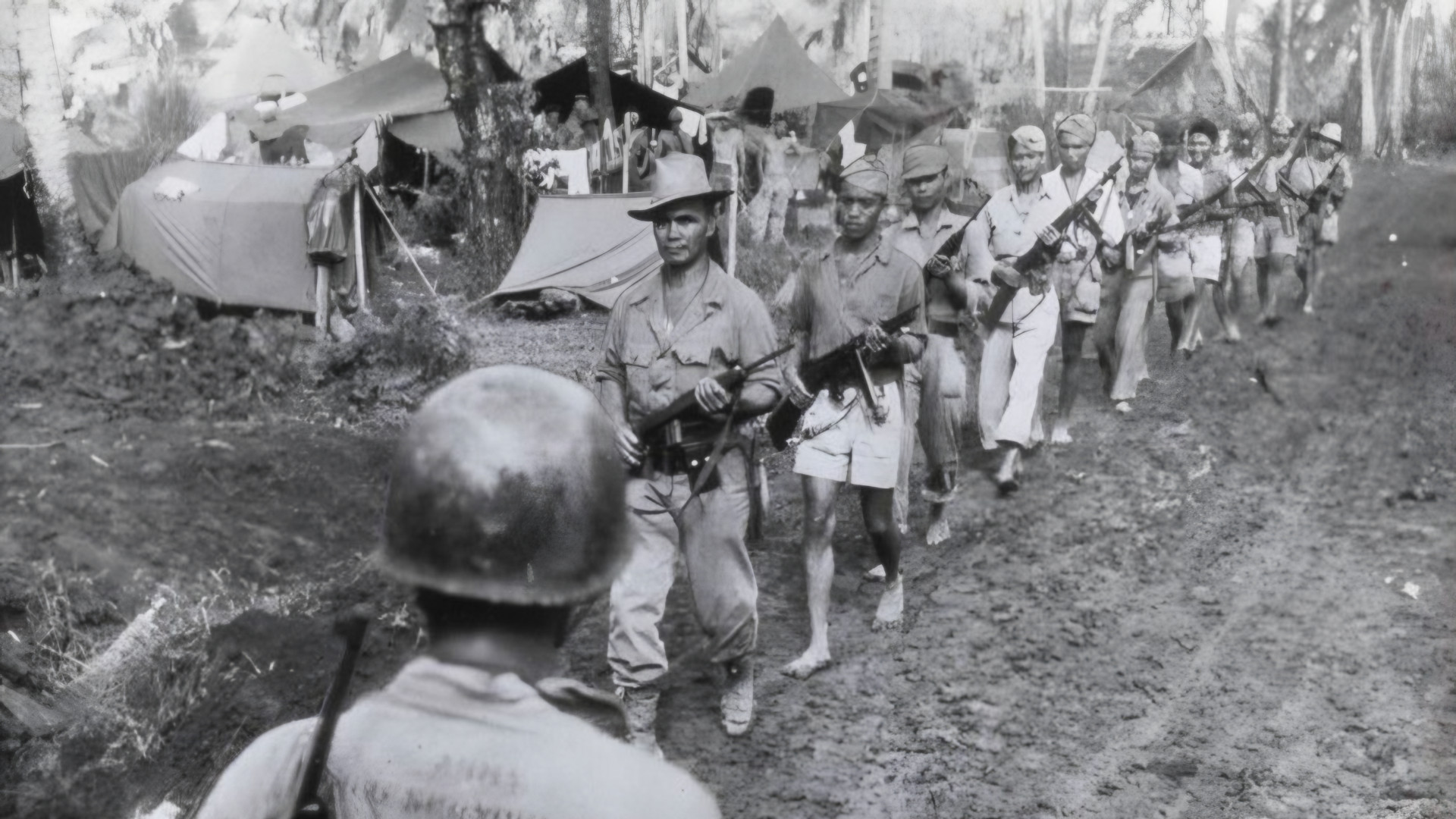
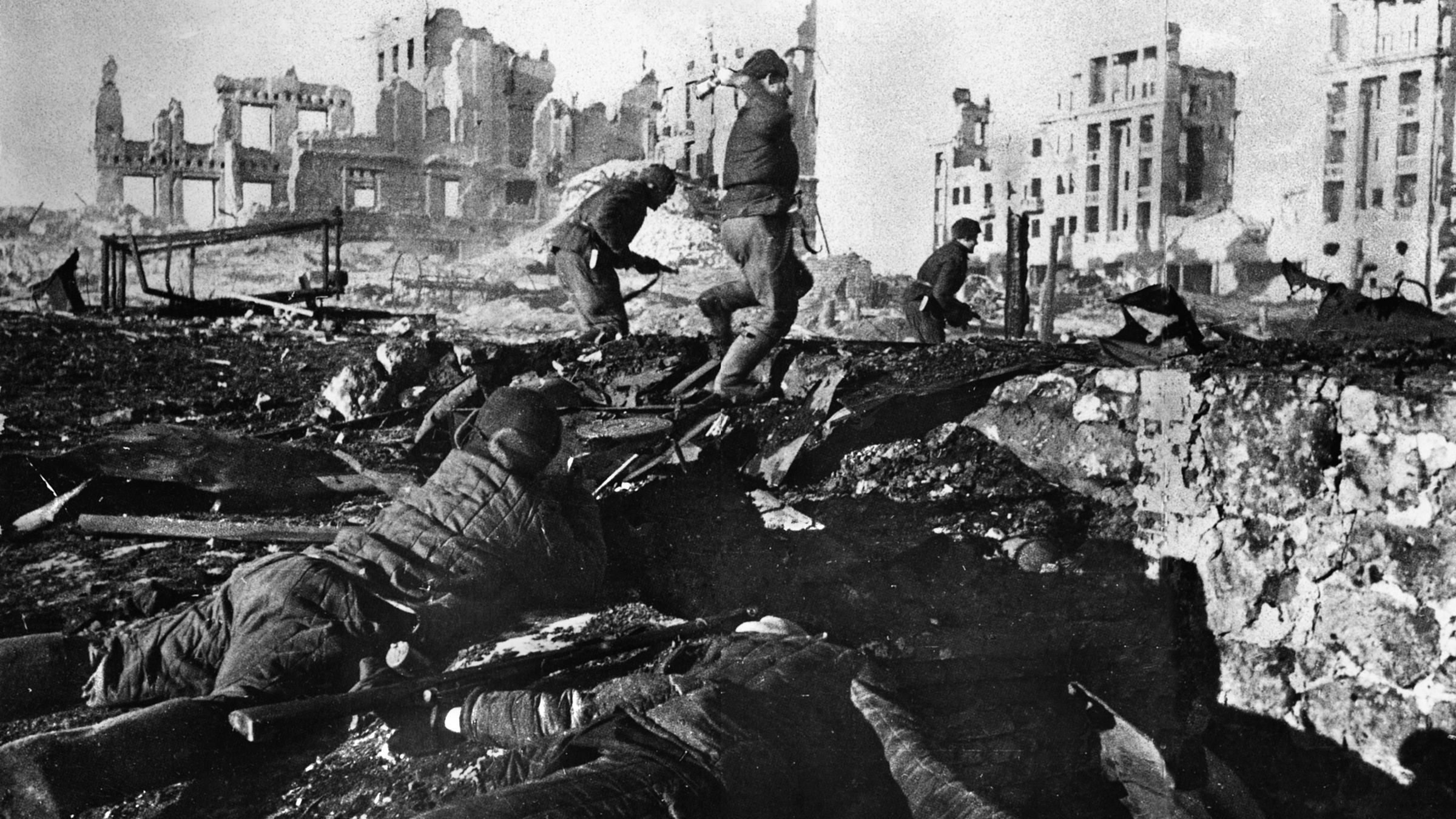
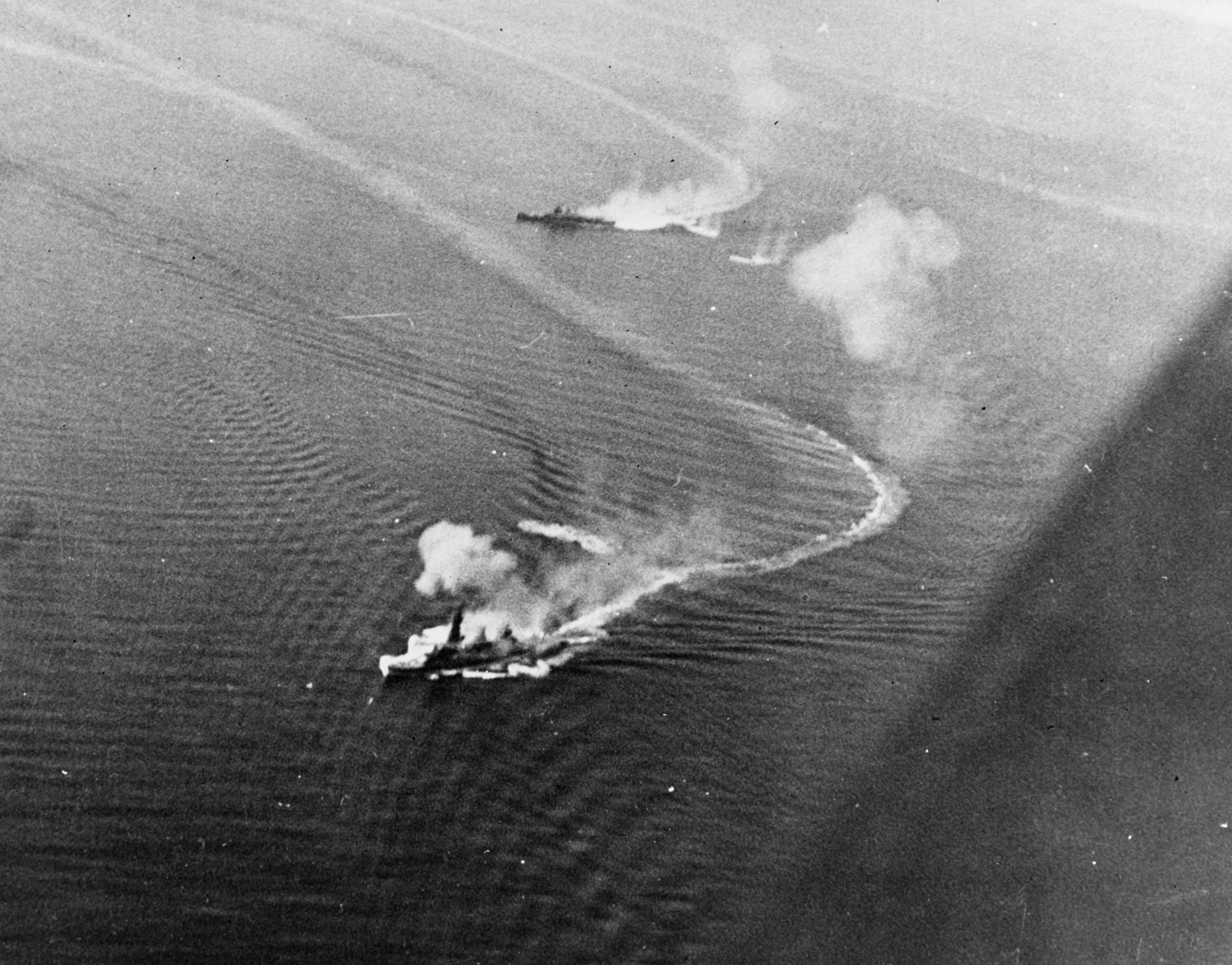
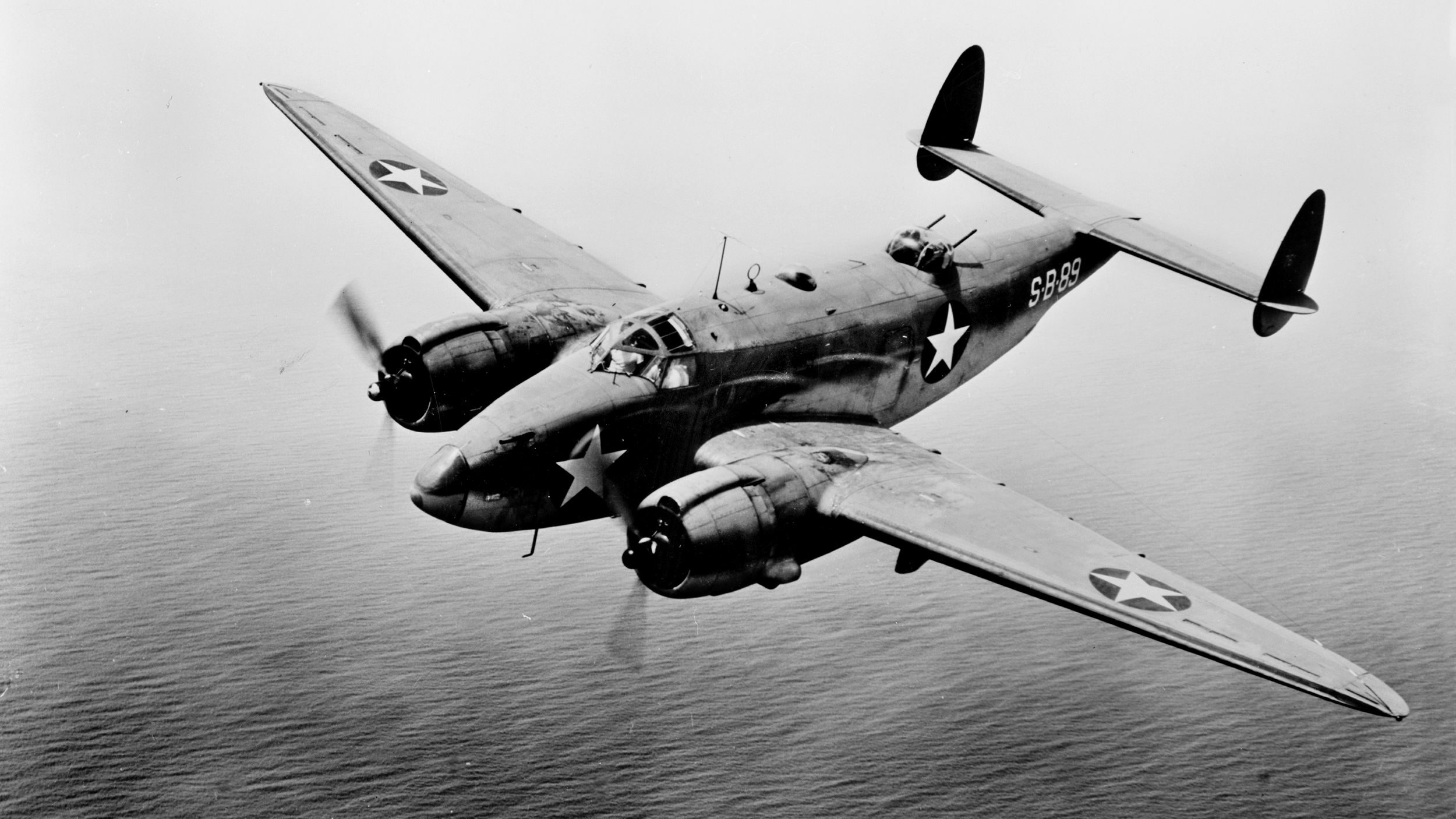
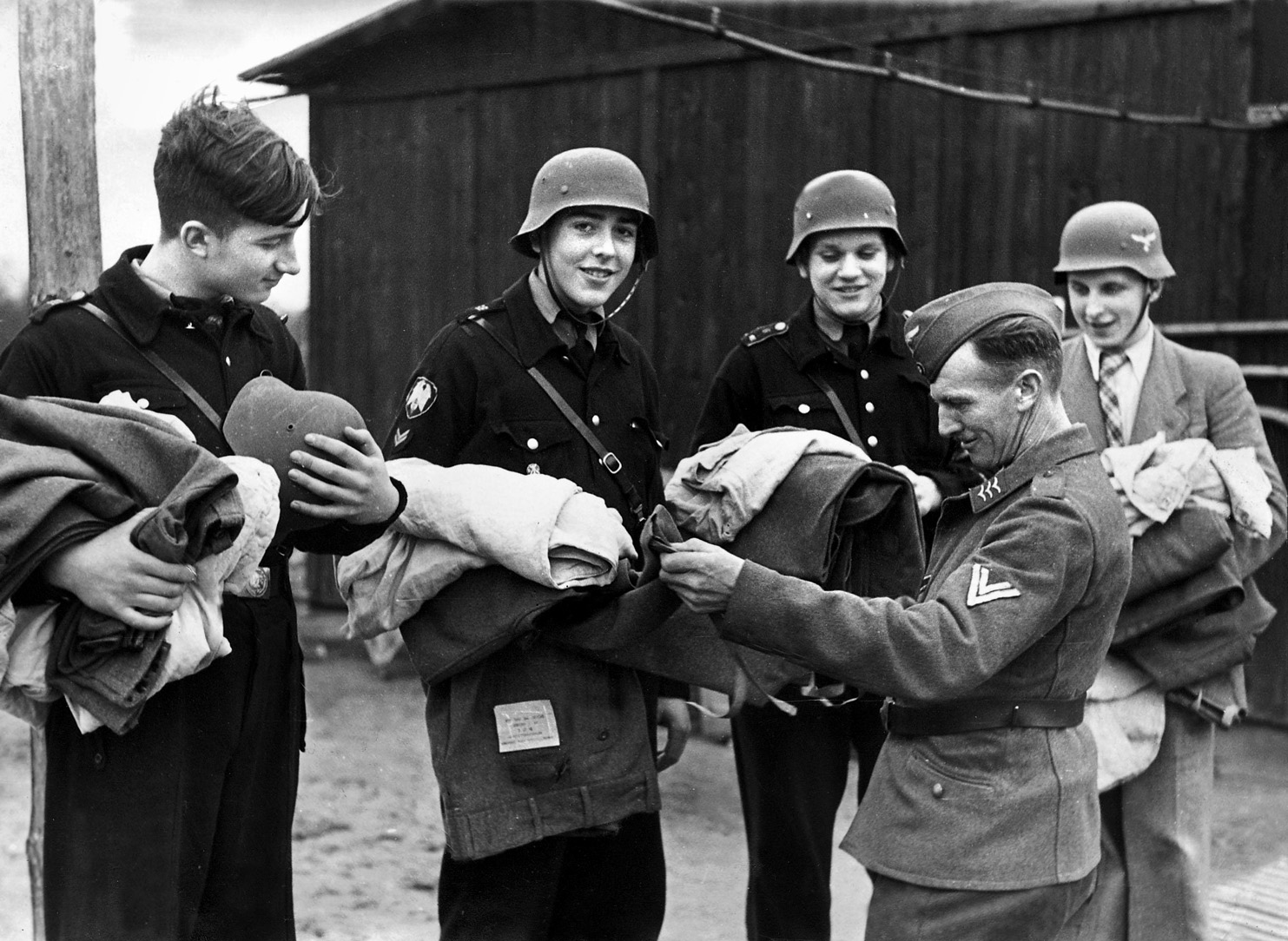
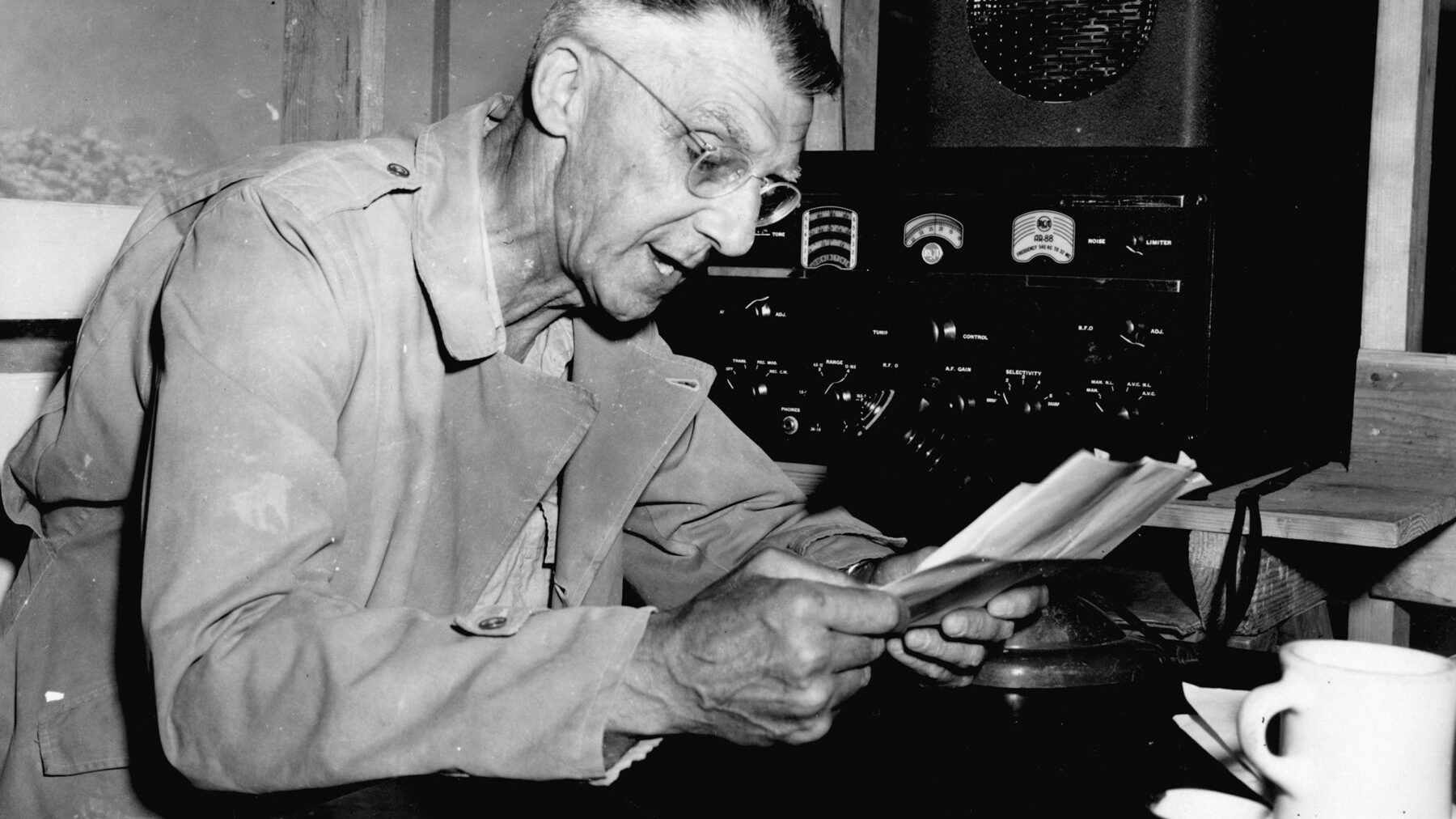
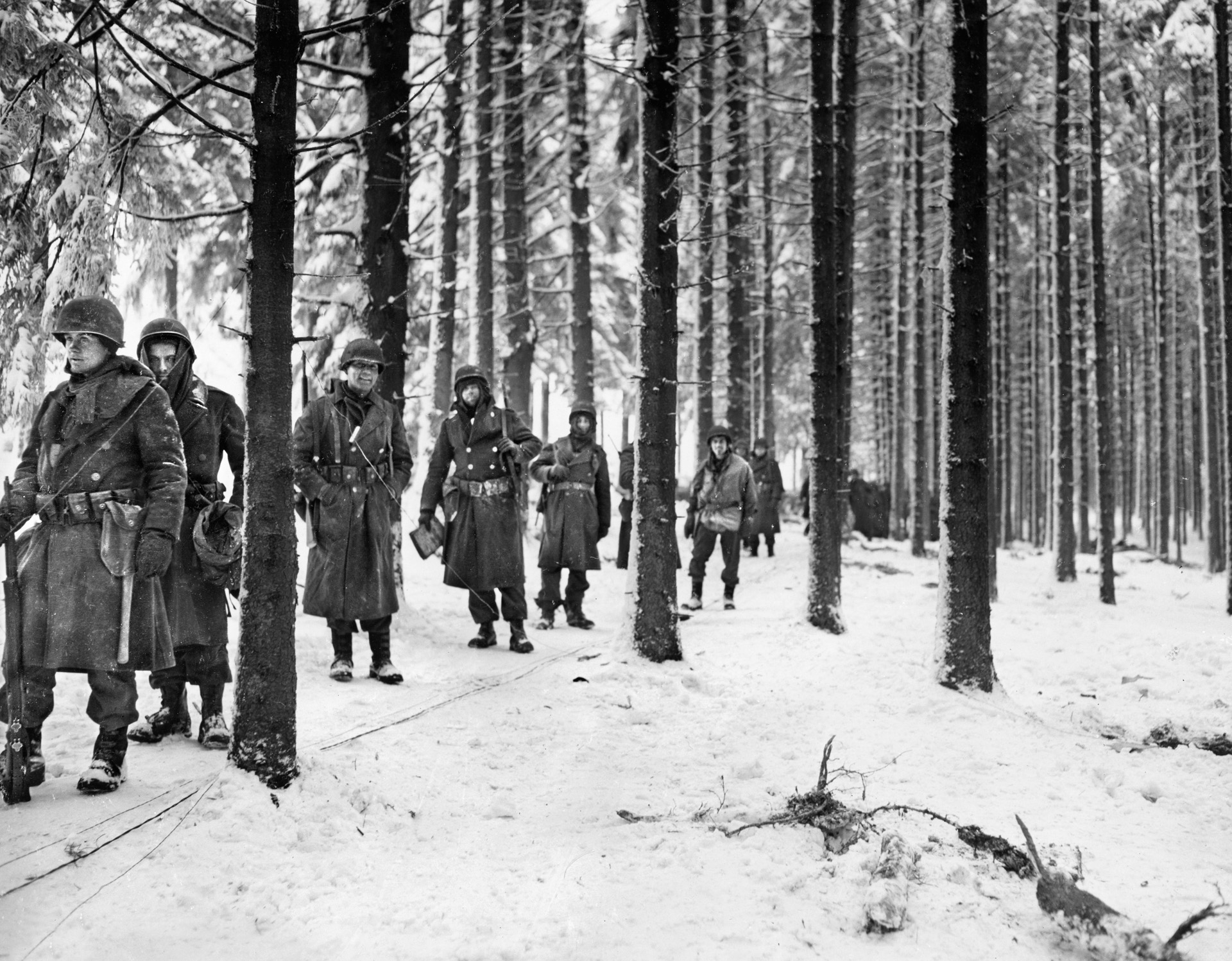
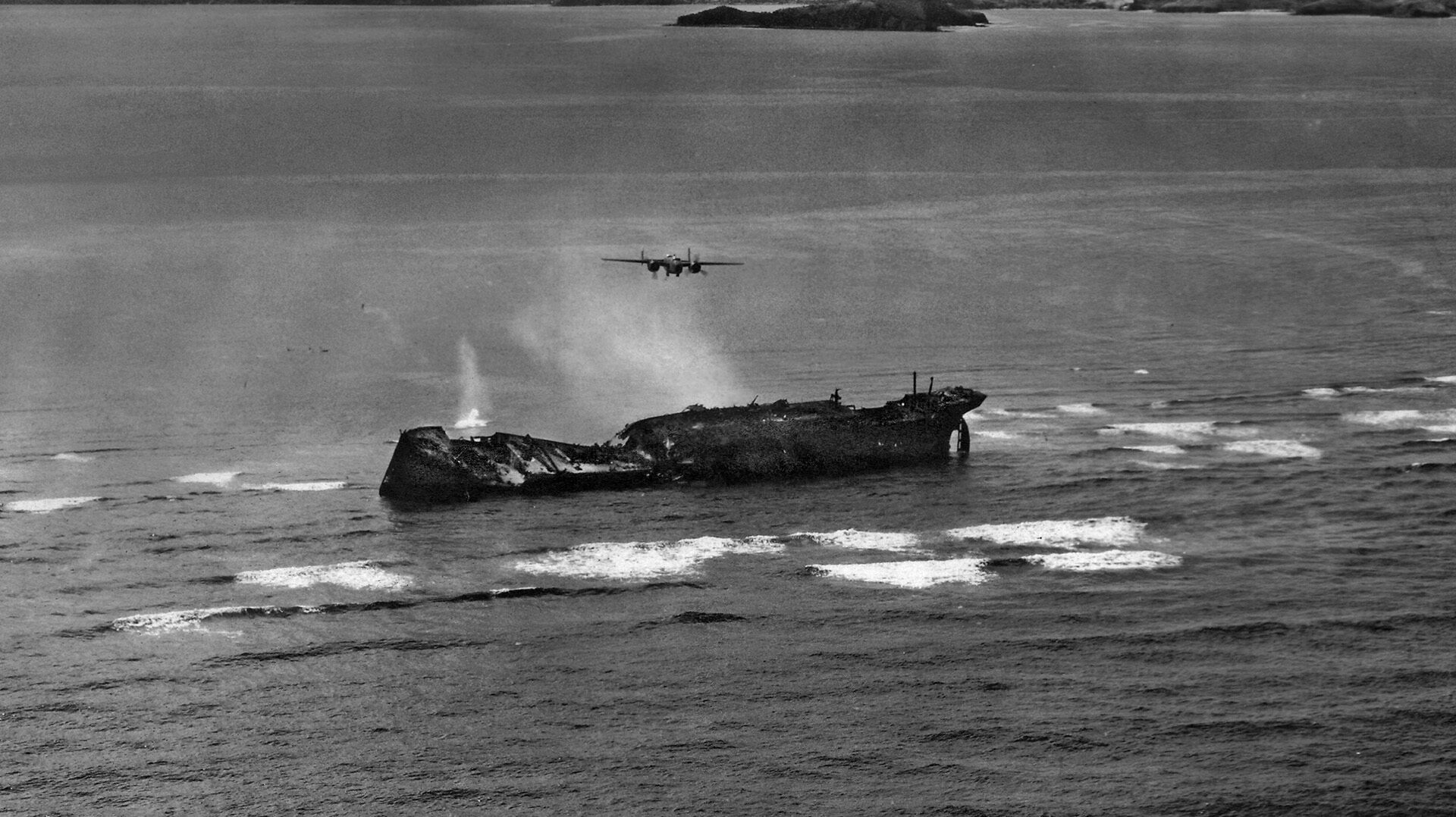
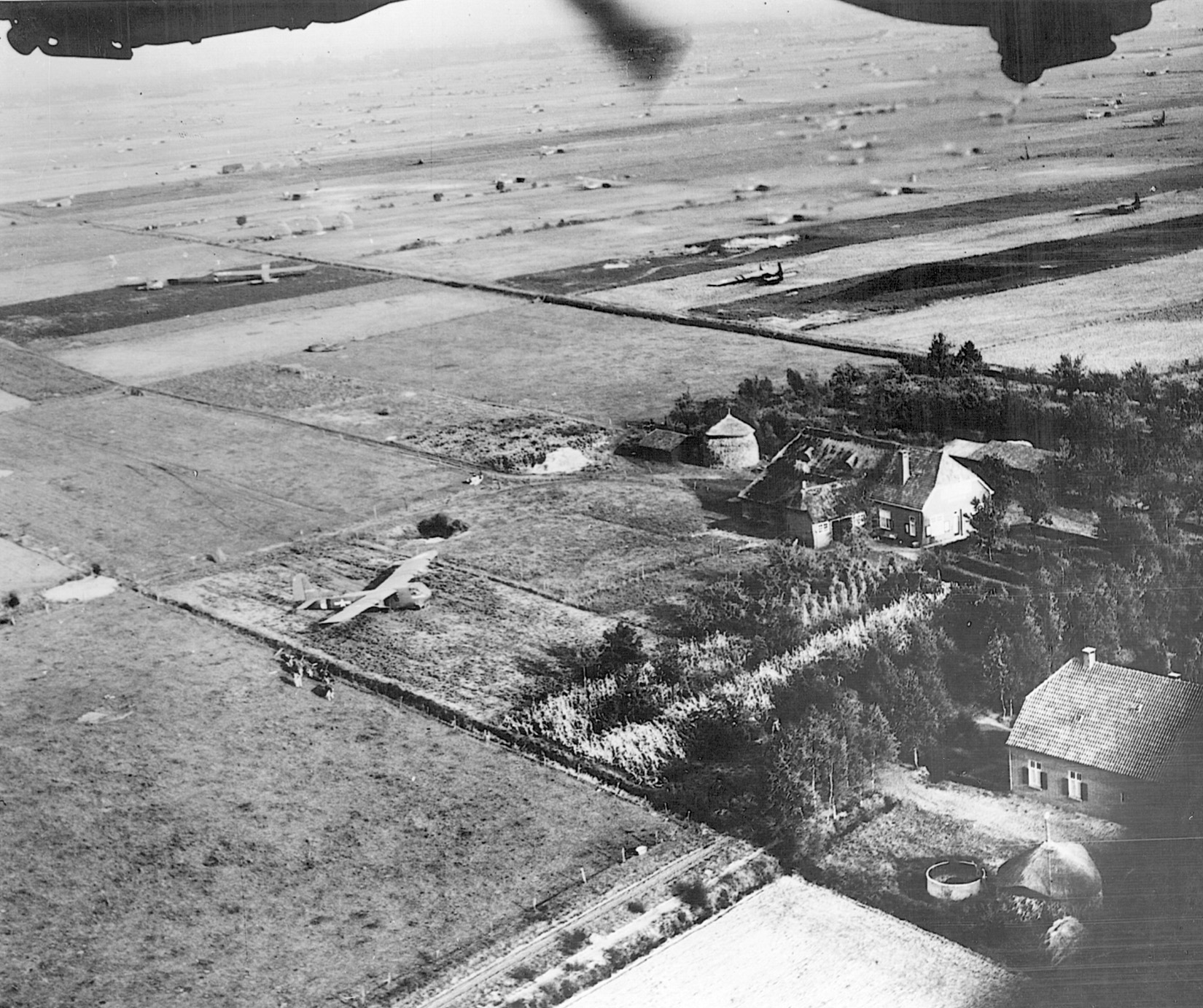
Join The Conversation
Comments
View All Comments